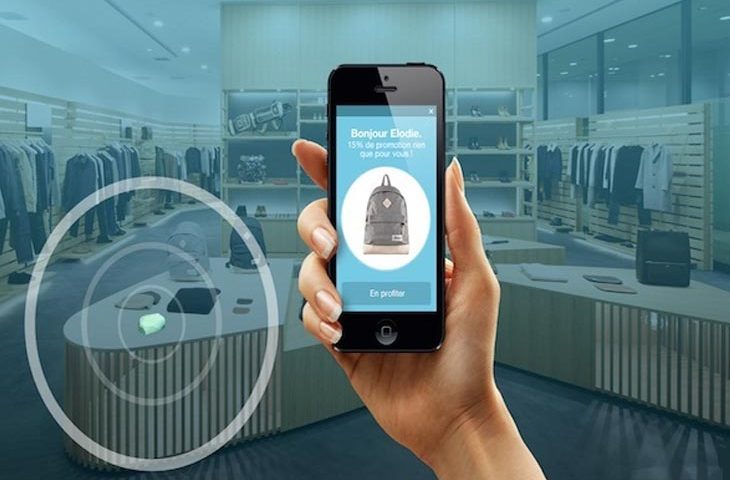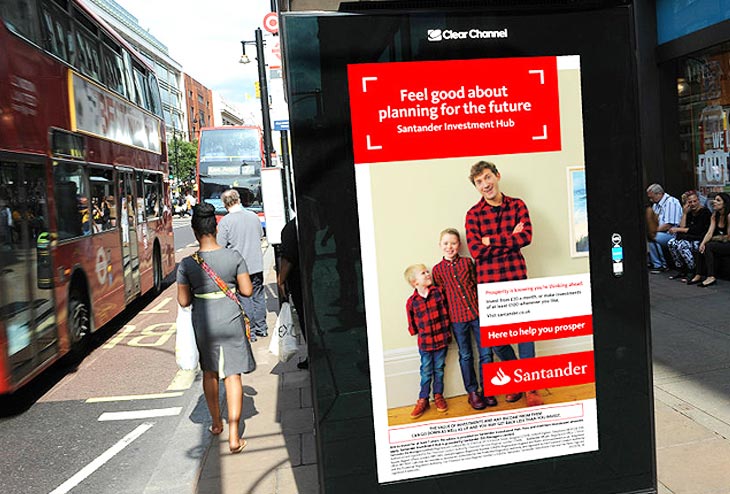Proximity Marketing with Beacons Technology, a new Standard of Digital Advertisement
When the concept of Proximity Marketing first hit the advertisement sector, it did not have the most imperative substructure it required to grow. The userbase of smartphones was in an embryonic stage and so was Proximity Marketing for advertisers a decade back. There were merely about 430 million smartphones sold in 2008-2009 when the term was coined and used first.
It would be not wrong to assume the present times as the Matured Smartphone Era. The growth of internet penetration is at its highest speed, along with powerful mobile devices. This trend has also brought the concept of Proximity Marketing on to the forefront. For digital advertisers as well as marketers, it is turning out as a venture with a massive windfall. Proximity Marketing, in short, means targeting consumers at the right location via mobile communication. It had the breakthrough in 2008 when brands began to send a message to consumers who reach the proximity of their location via their Bluetooth network. It was where the Beacons Technology took birth. But after almost a decade, Beacons are re-entering the market in a new avatar. Apple and Google are the new mentors of this technology in the current market.
A Beacon is a hardware that produces low energy Bluetooth signals enough for Smartphone to detect. This can be used to locate customers in the vicinity to push advertisements and notifications. This is highly effective in customer engagement as the communication becomes most relevant. The leverage of location and time are the crucial imperatives in this advertisement technique. With more than 5 million in use, Beacons have transformed as one of the most popular technology in marketing and advertisement. The market leaders adopted it quite aggressively.
With Apple and Google venturing into Beacon Technology, advertisers got the new standards in the market. The former introduced its iBeacon followed by latter’s Eddystone. While iBeacon became the most widely used beacon in the market, Eddystone freed the technology from the closed ambit of an app. Being from the same brand, popular web browser Chrome, also support Eddystone’s push notification apart from mobile apps. It means, if a customer is on the proximity of a brand, they can receive a notification in Chrome, even if they don’t have the app installed. It is also with other advantages like sending telemetry signal data.
Proximity Marketing with Beacons technology is more than just a requirement for advertisers. It is now a standard benchmark of high-tech and futuristic marketing. It will become more common in the industry as the trend is growing fast.




